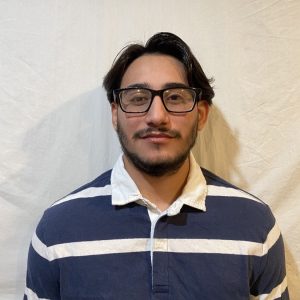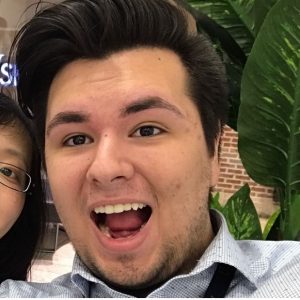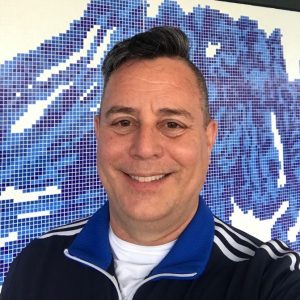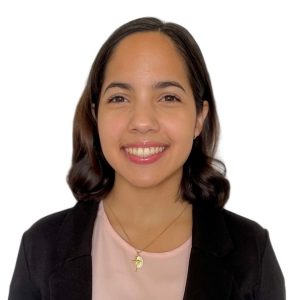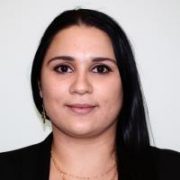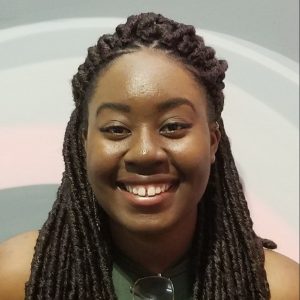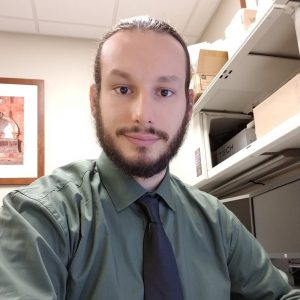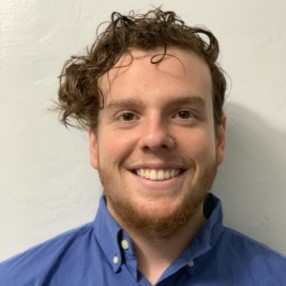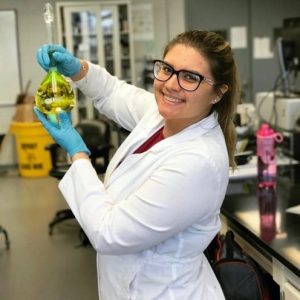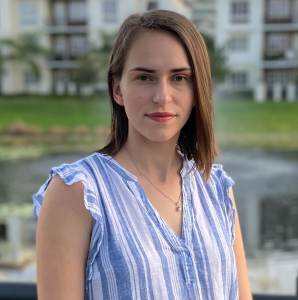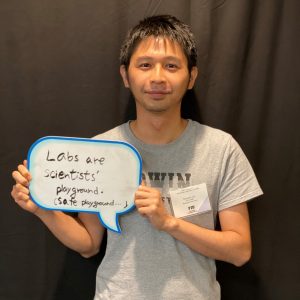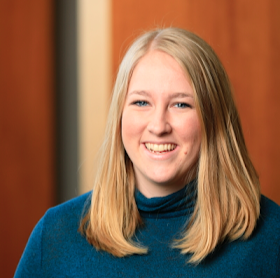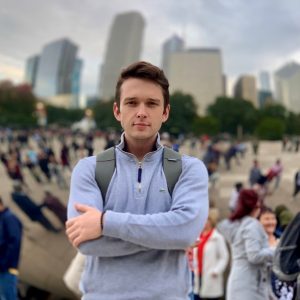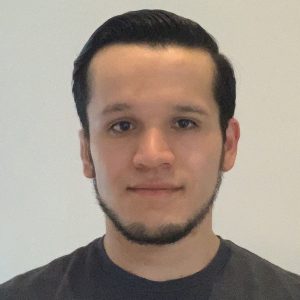Current TBBS Students
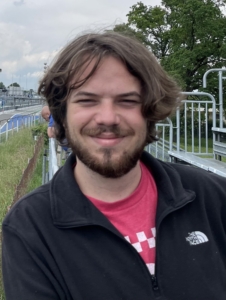
Lucas Bertolami
My name is Lucas Bertolami; I am a Biochemistry PhD student from Argentina. My interests have always been biology and genetics. I am currently working with RNA and the effects that OGG1 and APE1 have on RNA damage sites. In the future, I will be working with dCas9 to open the H3K27 histone covering the Frataxin gene with KDM6A and KDM6B demethylases in cardiac cells.

Andrea Arce
Andrea Arce is a Biology PhD student in the DeGennaro laboratory. As a research assistant, she worked on mosquito reproduction and fertility of orco mutants and revertants. As a PhD student, her research entails the complexity of the human skin microbiome and its connection to female mosquito attraction. By understanding the mechanism of bacterial commensals in the production of volatile organic compounds, she hopes to provide information useful for the fight against arboviral-diseases affecting humans worldwide.
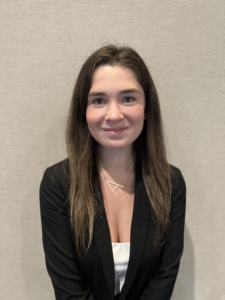
Alexi Switz
Alexi Switz is a Biomedical Engineering PhD student researching in collaboration with the Prasad Lab for Materials Research and the Inclusive Complex Tissue Regeneration Laboratory under the supervision of Dr. Anamika Prasad and Dr. Darryl Dickerson. Alexi works on developing electrospinning hardware with the capabilities of creating nanofibers with controlled geometries. She produces aligned, helically coiled and random fibrous mats that she is characterizing and testing for a cardiac patch application in order to treat cardiac tissue damaged from myocardial infarction.
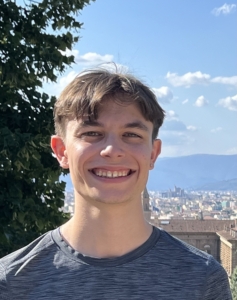
Samuel Aguero
My research activities will include synthesis of Vanadium catalysts to do olefin metastases. My goal is to increase turnover numbers of the Vanadium catalysts doing olefin metasteses by tweaking the ligands within the structure. I am interested in research that requires significant amounts of organic and inorganic synthesis.

Hugo Bravo
My name is Hugo Bravo Gallegos and I am a neurodivergent individual with a deep love for conservation of the biological world. I arrived in this country with my family at an early age and I now wish to take full advantage of the opportunities that I have been given. I am currently a graduate student at FIU who has been accepted into the Biochemistry Ph.D. program. My research interests include the use of new technologies such as CRISPR/Cas9 to further research in conservation and medicine.
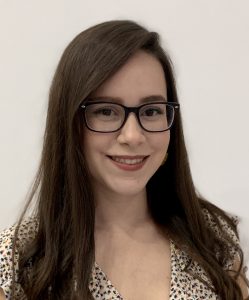
Laura Ochoa
Laura is a Biochemistry Ph.D. student with an interest in the symbiotic role of Wolbachia bacteria in insect cells. As a member of Dr. Laura Serbus’s lab, her project will focus on how Wolbachia interact with and manipulate insect cells at the molecular level. Identifying this mechanism will contribute to a fundamental understanding of host-microbe interactions as Wolbachia are present in over one million arthropod species and it would also greatly contribute to the advancement of human health concerns.
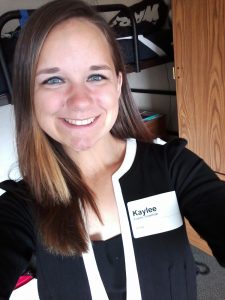
Kaylee Marrero
Kaylee’s research in the Laboratory of Tropical Genetics focuses on the molecular basis for mosquito attraction to humans. Mosquito-borne diseases annually account for over one million deaths worldwide. She hopes to connect what makes some people more attractive to mosquitoes than others with the variability of each person’s skin microbiome. Using this, she hopes to create a more effective and long-lasting mosquito repellent that can potentially save lives.
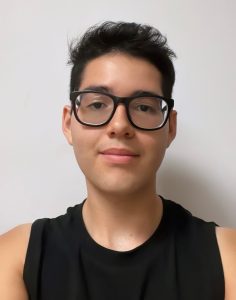
Jeanpierre Fuente
My name is Jeanpierre Fuente, and I am a Biochemistry PhD student at FIU. I was born and raised in Miami, FL and have a Peruvian background. Fun fact: I am the first one in my family to be born outside of Peru. If all things go well, I will also be the first in my entire family to receive a graduate-level degree. My research interest entails understanding the mechanism behind human repair systems and the immune system and how they interplay with one another. I hope to provide a better understanding of the human body through my research and provide some basis for a new method to analyze our health profiles.

